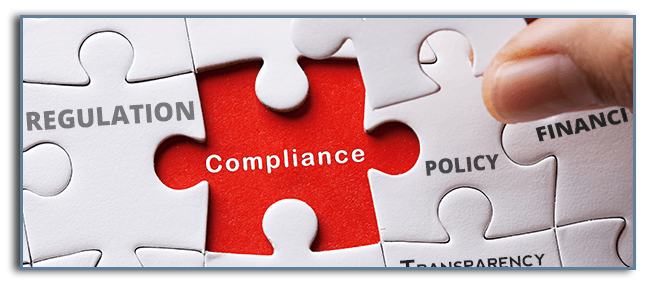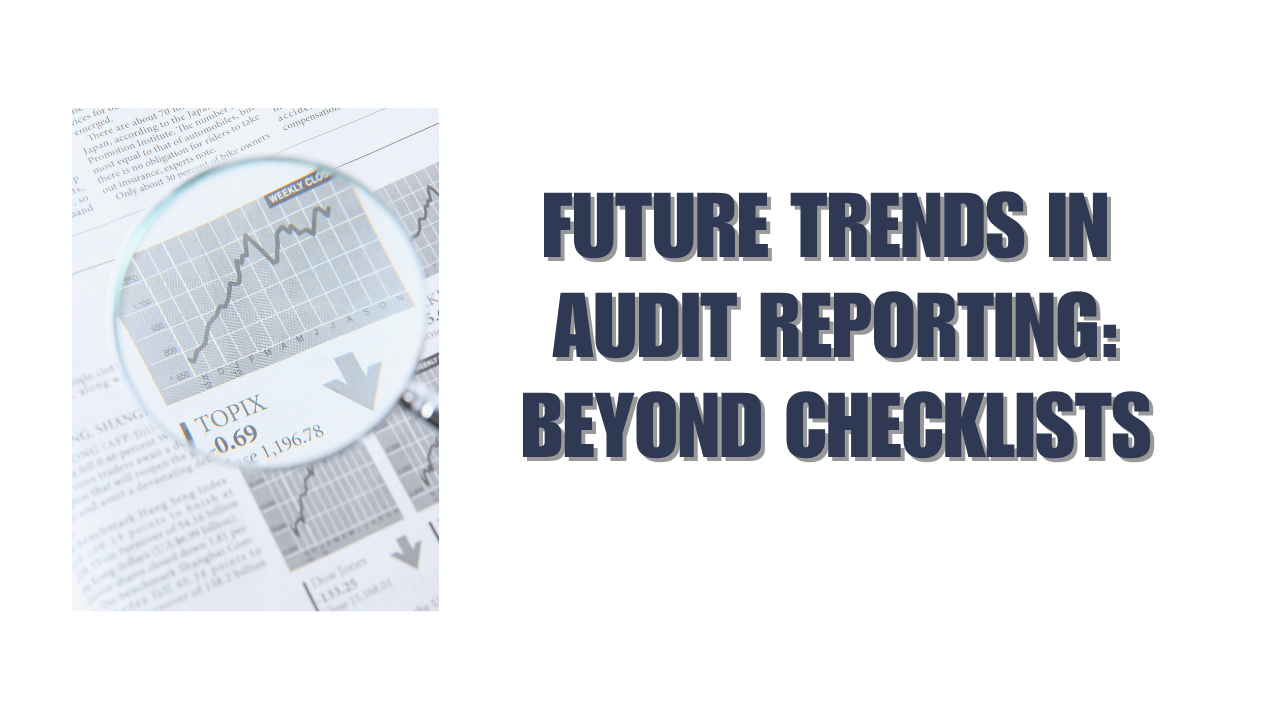Money laundering is the process of hiding money earned through crime. It often involves complex financial transactions that make illegal funds look clean. Businesses—especially those handling large or frequent transactions—can be used by criminals to move money without raising suspicion.
To prevent this, many countries have laws requiring certain businesses to conduct a money laundering audit. This audit helps identify weaknesses in your systems and ensures your business is not being misused to clean illegal money. In this article, we’ll break down what a money laundering audit is, how it works, and why it’s essential for compliance and business integrity.
What is a Money Laundering Audit?
A money laundering audit is a review of how well your business is preventing, detecting, and reporting suspicious financial activity. It’s usually done by an independent expert and required by law in most countries for businesses in high-risk sectors like finance, law, real estate, and accounting.
The audit looks at your internal controls, risk assessments, customer due diligence, and transaction monitoring systems. The goal is to find and fix gaps that could allow criminals to use your business for laundering illegal money.
This audit is not just for ticking a box—it’s a critical tool to protect your operations and reputation.
Why Is It Important?
Money laundering is not just a financial risk—it’s a legal and reputational one too. If criminals use your business to clean dirty money, and you fail to spot or report it, you could face penalties, fines, or even criminal charges.
A money laundering audit helps prevent this by making sure your team, systems, and processes are strong. It also shows regulators and customers that you take compliance seriously. In many cases, regular audits are a legal requirement and not having one can lead to serious consequences.
A strong audit program keeps your business secure and trustworthy.
Key Areas Covered in a Money Laundering Audit
Let’s look at the core areas auditors focus on during a money laundering audit:
1. Risk Assessment
Auditors begin by reviewing your business’s money laundering risk assessment. This should cover who your customers are, what services you offer, where your clients are located, and how likely it is that your business could be used for illegal activity.
If your risk assessment is outdated or doesn’t mention money laundering risks clearly, it’s a red flag for auditors. They expect to see a written, up-to-date, and business-specific assessment—not just a generic template.
2. Customer Due Diligence (CDD)
Strong customer checks are essential. Auditors will look at how you verify customer identity, especially for high-risk clients. This is often called Know Your Customer (KYC) or Customer Due Diligence (CDD).
They’ll check whether you:
- Confirm customer identities using valid documents
- Identify beneficial owners
- Apply extra checks for high-risk countries or clients
- Keep proper records of all checks
If these steps are not followed consistently, your business may be vulnerable to financial crime.
3. Transaction Monitoring
Money laundering often involves suspicious patterns in transactions, like unusual amounts, strange timing, or inconsistent behavior.
Auditors will evaluate whether your business has a monitoring system in place—either manual or automated. They’ll also check if:
- Staff review and escalate alerts
- Suspicious activities are investigated
- Reports are filed with regulators when needed
The more tailored your monitoring system is to your business, the better.
4. Staff Training and Awareness
It’s not enough to have policies on paper—your team must understand and follow them.
Auditors will look at your training records, check how often staff are trained, and assess how well they know what to do if they spot suspicious activity. In some audits, staff may be interviewed or tested.
Training should be regular, clear, and relevant to your industry. This shows that your staff are prepared and aware of their responsibilities.
5. Policies and Procedures
Auditors will review your written AML (Anti-Money Laundering) policies. These documents should explain how your business handles risks, how staff report concerns, and how records are stored.
They’ll also check how often policies are updated and whether they’re followed in practice. If your team doesn’t follow what’s written, auditors will likely recommend urgent changes.
6. Suspicious Activity Reporting
One of the most important parts of any AML program is reporting.
Auditors check whether your business files Suspicious Activity Reports (SARs) or Suspicious Transaction Reports (STRs) correctly and on time. They’ll also assess how decisions are made and documented.
If no reports have ever been filed—even in a high-risk business—auditors may ask why. Sometimes, the issue isn’t a lack of crime, but a lack of awareness.
Final Thoughts
A money laundering audit is more than just a compliance check—it’s a way to keep your business safe. By finding and fixing weak areas, audits protect you from being used in criminal schemes. They also show regulators, partners, and customers that your business is responsible, compliant, and trustworthy.
Whether you’re required to do an audit every year or every three years, make sure you treat it seriously. A little preparation goes a long way in avoiding big problems later.
Frequently Asked Questions (FAQs)
1. Is a money laundering audit mandatory for all businesses?
No, not all businesses are required to have a money laundering audit. However, businesses in high-risk sectors—like finance, law, real estate, and accounting—are usually legally required to conduct regular audits. These audits help meet anti-money laundering (AML) laws and show regulators that you’re following the rules. Even if you’re not legally required, doing an audit is a good idea to protect your business from risks and reputational damage.
2. How often should a money laundering audit be done?
Most regulators recommend doing a money laundering audit every 1 to 3 years, depending on your business’s size, complexity, and risk level. High-risk businesses should do audits more frequently. Some countries make it a legal requirement to have an independent AML audit every 2 years. You should also consider doing an internal review more often, especially if your risk exposure changes or if new laws come into effect.
3. What happens if my business fails a money laundering audit?
If your business fails a money laundering audit, it means there are serious gaps in your compliance program. Regulators may issue warnings, fines, or penalties. In some cases, it could even lead to criminal charges if you’re found to be negligent. That said, most audits also include recommendations for improvement. If you act quickly to fix the problems—update policies, train staff, improve your systems—you can reduce the impact and regain compliance.
4. Who can conduct a money laundering audit?
A qualified AML professional or an independent audit firm usually conducts money laundering audits. In some countries, you’re required to use a third-party auditor, while in others, you can do an internal audit. Either way, the person must have enough knowledge of AML laws, financial systems, and risk management to review your systems properly. Choosing an experienced auditor ensures that you get a detailed and helpful review.
5. How can I prepare for a money laundering audit?
To prepare, start by reviewing your risk assessment, KYC process, monitoring systems, and staff training records. Make sure all your AML policies are up to date and followed in practice. Check if suspicious activity reports are being filed properly. It also helps to conduct an internal review before the official audit, so you can spot and fix any issues early. Good recordkeeping and clear documentation go a long way in showing that your business is compliant.






